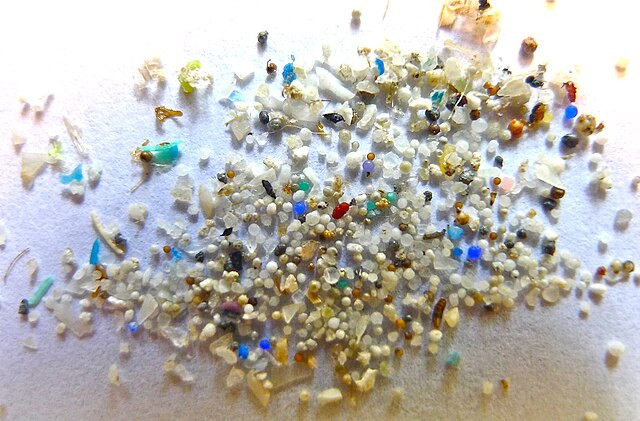Microplastics have been detected in human penile tissue for the first time, raising concerns about their potential role in causing erectile dysfunction (ED). The study, published in IJIR: Your Sexual Medicine Journal, reveals that these tiny plastic particles have infiltrated yet another part of the human body, raising questions about the broader implications for human health.
Microplastics, defined as plastic particles less than 5 millimeters in diameter, are ubiquitous, found everywhere from polar ice caps to ocean floors, and now, troublingly, within human tissues. Previous studies have identified microplastics in semen and testes, but this is the first to confirm their presence in the penis.
Researchers analyzed tissue samples from five men undergoing surgery for penile implants due to erectile dysfunction. Chemical imaging revealed that four of the five men had microplastics in their penile tissue, with seven different types detected. The most prevalent were polyethylene terephthalate (PET) and polypropylene (PP), commonly used in packaging and household products.
Study lead author Ranjith Ramasamy, a reproductive urology expert, explained that the vascular nature of the penis makes it susceptible to microplastic accumulation, similar to findings in the human heart. "We need to identify whether microplastics are linked to ED and if there is a level beyond which it causes pathology," Ramasamy said.
The discovery builds on prior research indicating widespread microplastic contamination in the human body. Toxicologist Matthew J. Campen noted, "This study confirms the ubiquity of plastics in the body. As we are trying to understand the potential health effects of plastics, this is another concerning paper." Campen's previous work found that human testicles contain microplastics at levels three times higher than those in animals, suggesting a significant human-specific exposure. This raises alarm bells about the possible impacts on reproductive health and other bodily functions.
Microplastics' potential health impacts extend beyond reproductive health. These particles can disrupt cellular processes, causing inflammation and DNA damage, which are linked to cancer and other diseases. With microplastics found in everyday items such as bottled water and food containers, reducing exposure is crucial.
Dr. Leonardo Trasande, director of environmental pediatrics at NYU Langone Health, advises reducing plastic use to mitigate exposure. "Use stainless steel and glass containers when possible, avoid microwaving food in plastic, and don't put plastic in the dishwasher," he said.
This groundbreaking study highlights the need for further research to understand the full extent of microplastic contamination and its health implications. The presence of these particles in penile tissue adds to growing evidence that microplastics are pervasive in human organs, potentially leading to serious health issues.
"We present the first study to our knowledge to identify the presence of microplastics within penile tissue," the study states. "Our research adds a key dimension to the discussion on man-made pollutants, focusing on microplastics in the male reproductive system."
Microplastics are a growing environmental and public health concern, with evidence mounting about their presence in the human body. Ramasamy and his team hope their findings will raise awareness and spur more research into how these particles affect health.
As researchers continue to uncover the extent of microplastic contamination, it becomes increasingly clear that addressing this issue requires comprehensive strategies, including stricter regulations on plastic use and improved waste management systems.
In the meantime, individuals can take steps to reduce their exposure to microplastics. Using alternatives to plastic, such as glass or stainless steel, and being mindful of food packaging and preparation methods can help mitigate some risks.
Dr. Campen underscores the importance of public awareness and research: "As we learn more about the health effects of microplastics, it's crucial to understand how they interact with the human body and what we can do to minimize exposure."
The detection of microplastics in human penile tissue is a significant finding that underscores the pervasive nature of these pollutants. While further research is needed to fully understand their health impacts, this study highlights the urgent need for awareness and action to address microplastic contamination.






